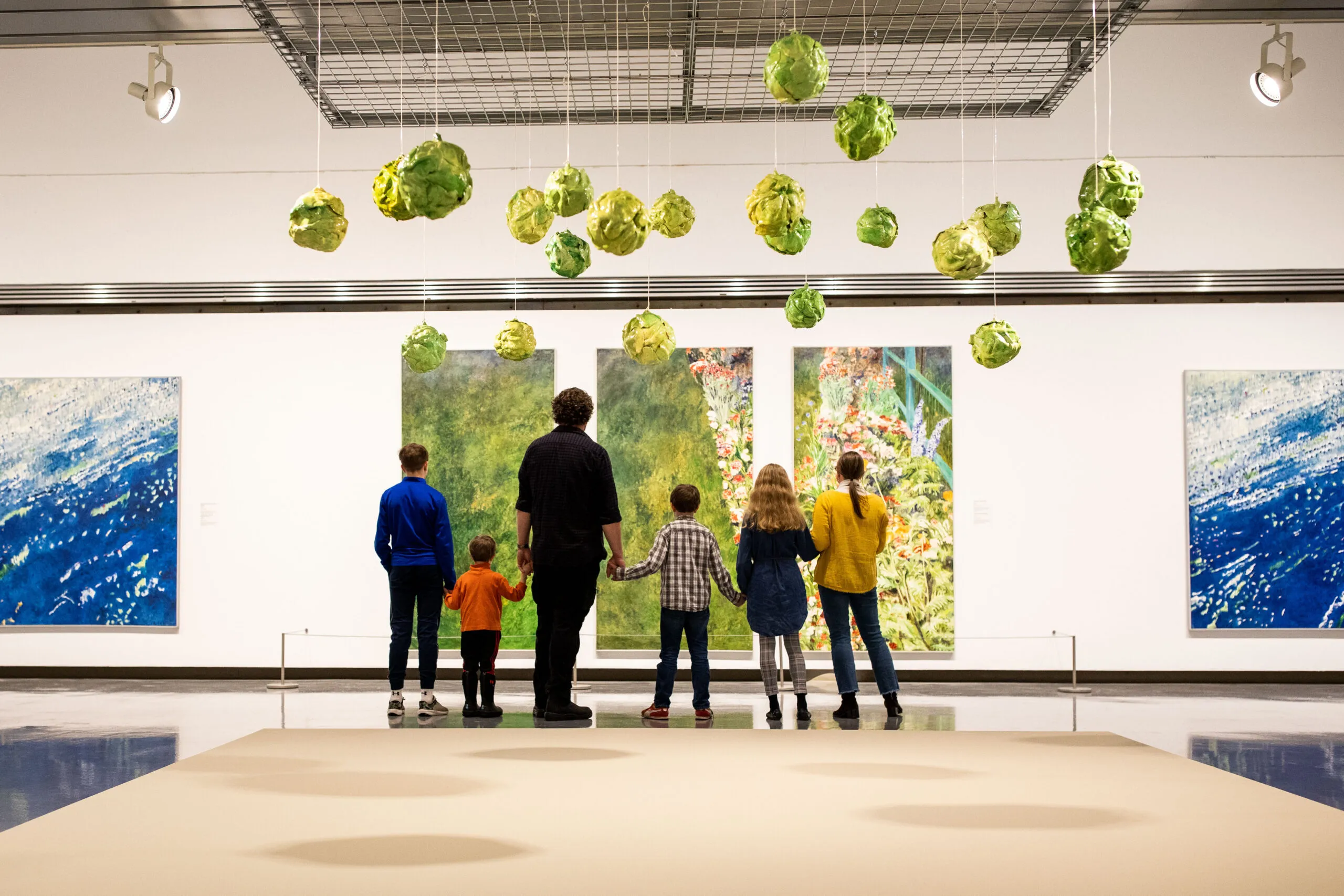Benner’s monumental installation, In Digestion, began with a series of simple questions about the food we consume: who grows it, where is it grown, how is it processed and shipped.
London artist Ron Benner has long challenged assumptions about culture, power and politics in our increasingly globalized world. In the process, his work calls contemporary food production into question, and more specifically the repercussions of industrial agriculture, including the loss of local supply and genetic diversity. A voracious reader, he consults and collects a broad range of texts and books on themes such as agriculture, bio-engineering, capitalism, colonialism, history and politics, all of which seem to inform his practice in equal parts; and many of these private concerns come together in his public artworks.
Benner’s monumental installation, In Digestion, began with a series of simple questions about the food we consume: who grows it, where is it grown, how is it processed and shipped. In answering these questions Benner recounts the journey of two boxes of bell peppers sold at London, Ontario’s Covent Garden Market, tracing the origin of the peppers to their source. Entering the installation, viewers move past a seventeenth-century map representing Florida and Mexico, and stacks of brightly coloured produce boxes, through a vertically spliced photographic curtain into the simulated shell of transport truck. Inside, viewers find tire shards, galvanized sheet metal, and more than two hundred photographs that contrast contemporary transportation systems with the ancient trade routes of the Americas. The result, argues curator Peter White “charts an often unacknowledged social and economic geography that underlines the complexities of the essential but problematic interdependency of communities within a hemispheric and, indeed, global economy.” For Benner, finding answers involves a critique of the dominant structures of economic production and consumption, those that seem to impede the development of more integral relationships between animals, people, plants, and the land within our globalized economy. In doing so, Benner asserts the importance of the often unacknowledged natural and cultural heritage of the Americas, leaving viewers with food for thought.
